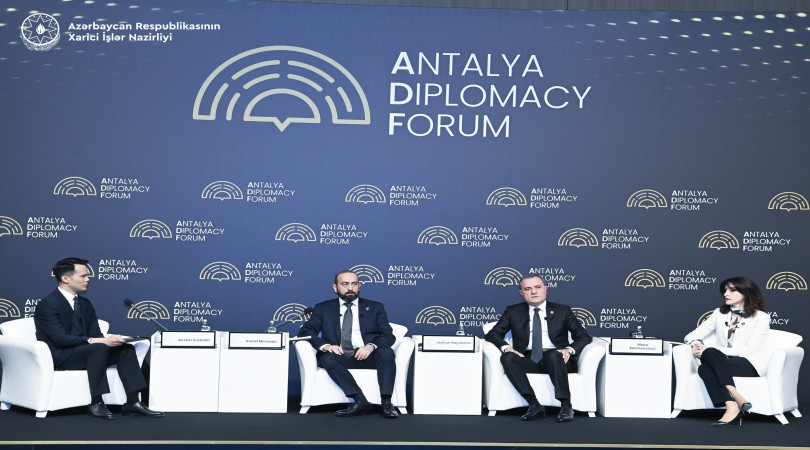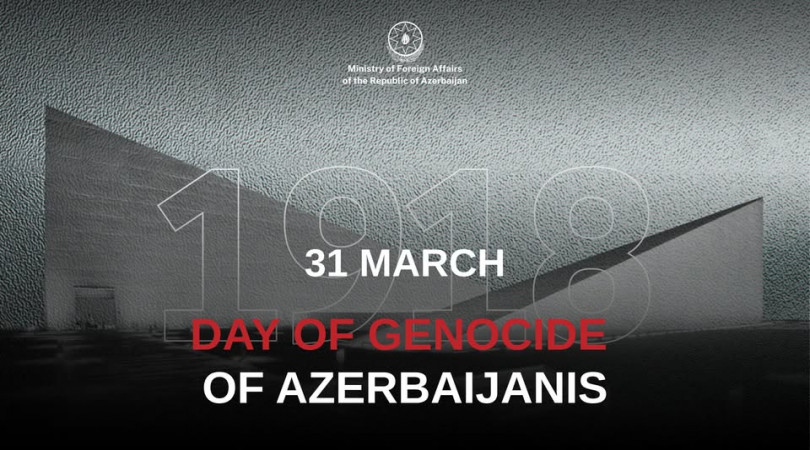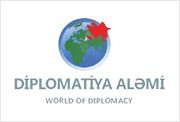Press Release 08 October 2020
On October 6th, at about 9 pm (GMT+4), Armenian Armed Forces launched missiles at Azerbaijani Baku-Tbilisi-Ceyhan oil pipeline, the largest strategic project in the region. Thanks to the measures taken by the Azerbaijani army, no damage was done to the pipeline.
Armenian Armed Forces used four cluster bombs against the civilian population in Azerbaijan's Goranboy district, the use of which is prohibited by international conventions, according to Azerbaijan National Agency for Mine Action (ANAMA).
"During the inspection exercises carried out by the ANAMA’s specialists, 144 exploded 9N235 bombs, as well as 300 unexploded M85 bombs were found. We would like to note that these bombs were included in the class of prohibited ammunition in 2008 in accordance with the Convention on Cluster Ammunition (CCM),” ANAMA said.
Armenian Armed Forces have been intensively shelling Azerbaijan’s Aghdam district in various directions, including objects that are not military targets, as well as the civilian population since the morning of Oct.8.
Armenia's strikes on the Azerbaijani cities of Ganja, Mingachevir, Khizi and the Absheron region are no more than an attempt to drag the Collective Security Treaty Organization (CSTO) into the Nagorno Karabakh conflict.
Armenia's actions, it seems to me, are understandable and pursue several goals. First of all, it is an attempt to destabilize the situation inside Azerbaijan, draw as many people as possible into a state of uncertainty. The aim is simple: to sow fear and uncertainty in the future in the people.
It is noted also that another point of these strikes is connected with the desire to force the Azerbaijani army to retaliate, primarily on the territory of Armenia.
In this case, the Armenian propaganda will be able to talk about "direct aggression","war crimes" and so on in order to draw Russia into the conflict, appeal to the CSTO, the world community.


















